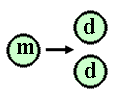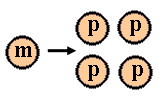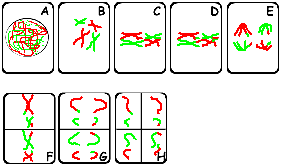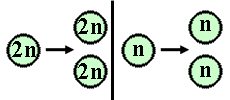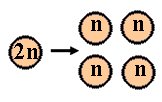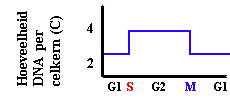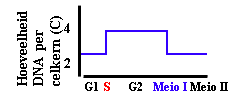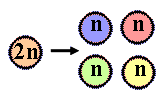Catholic vs Christian
I will summarize the commonalities across all of the Christian followers.
First, Jesus of Nazareth was the son of God and the savior of humanity. The death and resurrection of Jesus is a pivotal belief in all Christian denominations. All Christians believe the path to salvation lies in the acceptance of the church and its doctrine and they all believe Jesus died on the cross to atone for the sins of humanity. The Holy Trinity is a belief that the son (Jesus) the father (God) and the holy spirit are one in the same. The important holy book is the Bible, made up of the Old Testament and the New Testament; also known as the “good news”. The Jewish faith follows the teachings of the Old Testament; maybe it’s the “bad news”. The bad news is that we are all sinners, the good news is that we can all be saved. That last sentence was just my sarcastic brain overcoming my objective brain. I will try not to let it happen again, but I am not making any promises
Roman Catholicism is a denomination of the Christian faith. It makes up, by far, the largest denomination of all the subsets including Lutheranism, Protestantism, and others. The Catholic Church views itself as the one holy church; the true faith. Catholics believe in the 7 sacraments, while other Christian denominations don’t recognize all the sacraments. In addition, the Catholic Church has a spiritual leader, the Pope, who, it is believed is a direct descendant of Peter the Apostle, the one whom Jesus asked to build the church - St. Peter’s Basilica in Rome. The Bishops are believed to be descendants of the other Apostles.
When you are a Catholic, you are Christian, but you are not a Catholic because you are a Christian. Catholics believe in a literal and spiritual interpretation of the Bible. The literal is used as a tool to teach morals. They also believe in typology; that events in the Old Testament were allegories for events in the New Testament; for example, Moses parting the Red Sea is a reference to Baptism. Catholics also believe that the Scriptures should be closely followed word for word and are not open for interpretation saving that of Bishops who are direct descendants of Jesus’ Apostles. And finally, Catholics believe the end of the world as stated in the Book of Revelations is not a metaphor, but an event that will actually happen sometime in the future.
Labels: differences



